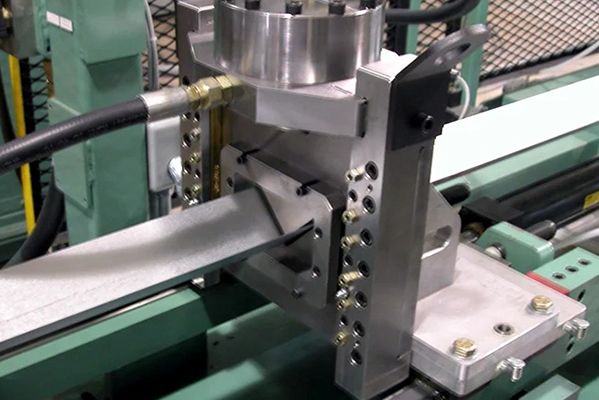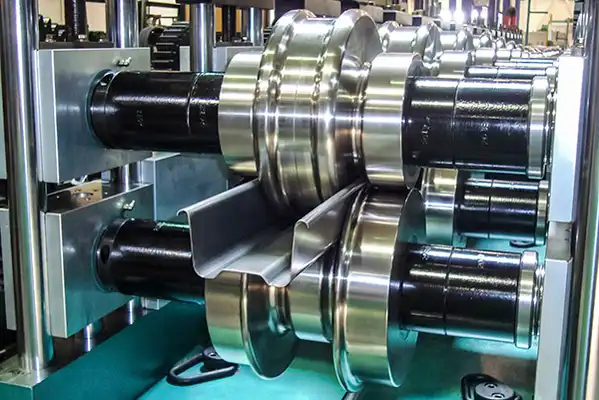Navigation Menu
Contact Us
- Email:
- info@wxavatar.com
- Address:
- Yurong Village, Yuqi Street, Huishan District, Wuxi, China.
Release Date:Jun 22, 2025 Visit:37 Source:Roll Forming Machine Factory
The pursuit of lighter vehicles remains a central objective for the automotive industry. Lighter components contribute to enhanced performance and improved operational efficiency. In this context, roll forming technology has emerged as a powerful solution, demonstrating a significant capability to meet the demanding requirements for lightweight automotive parts.

A key factor enabling roll formers to deliver lightweight components is their ability to precisely shape high-strength materials. Modern roll forming lines are specifically engineered to process advanced high-strength steels (AHSS), ultra-high-strength steels (UHSS), and various aluminum alloys. These materials offer superior strength-to-weight ratios compared to traditional steels, allowing for the creation of thinner, yet equally robust, parts. The incremental bending process of roll forming is particularly well-suited for these materials, as it minimizes stress concentration and can manage the challenges associated with their inherent springback.
Furthermore, roll forming excels at producing complex geometries and custom profiles that are optimized for weight reduction without compromising structural integrity. Unlike other forming methods, roll forming can create intricate cross-sections, open profiles, and even closed sections, which can be designed to effectively distribute loads and minimize material usage. This design flexibility is crucial for engineering parts like chassis components, bumper beams, door frames, and roof rails, where both strength and mass reduction are paramount.
The efficiency inherent in the roll forming process also contributes to lightweighting efforts. It is a continuous process that can produce long, consistent profiles with minimal material waste. This precision often reduces or eliminates the need for secondary operations like welding or additional machining, further contributing to overall material efficiency and cost-effectiveness. In-line capabilities, such as pre-punching, notching, and even integrated welding, allow for the creation of near-net-shape components directly from the roll forming line. This streamlined production not only saves time but also ensures dimensional accuracy, crucial for vehicle assembly.
Moreover, advancements in tooling design and machine control systems have significantly expanded the types of lightweight components that can be produced. Sophisticated software and sensors enable precise control over the forming process, allowing manufacturers to achieve tighter tolerances and consistently reproduce complex designs. This level of control is vital when working with advanced materials where even slight variations can impact part performance.

In conclusion, roll formers are indeed capable of meeting the increasing demand for lightweight automotive components. Their proficiency in handling advanced materials, coupled with their ability to create optimized geometries and execute efficient, integrated processes, positions them as a foundational technology in the ongoing evolution of vehicle design and manufacturing.